HOKA Speedgoat 4: The Ultimate Winter Running Shoe
I like winter. Correction: I love winter. But I love it on my own terms. Splitting firewood, skiing, building a fire, and having a bourbon by said fire? Certainly. Going for a run on a 10 degree day? Not so much.
Some of that is born out of our current location. Slowtwitch's Tundra Division is located on the border between New Hampshire and Vermont. Our local ski hill is quickly approaching 100 inches of snowfall for the season (for those of you in the West, think of that being about 300" in your neck of the woods). We have the fifth season of the year (mud) to look forward to, where we can't bring one of our vehicles home over our road for a few days. And it's hilly here: my "easiest" 3 mile loop will still have 100 feet per mile of elevation gain. Heading out for a run when it's cold, dark, hilly, windy, and hard is something I don't exactly look forward to these days.
Yet I still love to run. I do my best thinking when I run. Heck, the majority of this review you're about to read was thought up on the stretch of road between the house and the nearest stop sign. And this review essentially comes born from that old chestnut of there being no such thing as bad weather, only bad equipment choices.
And that's where the HOKA Speedgoat 4 comes in.
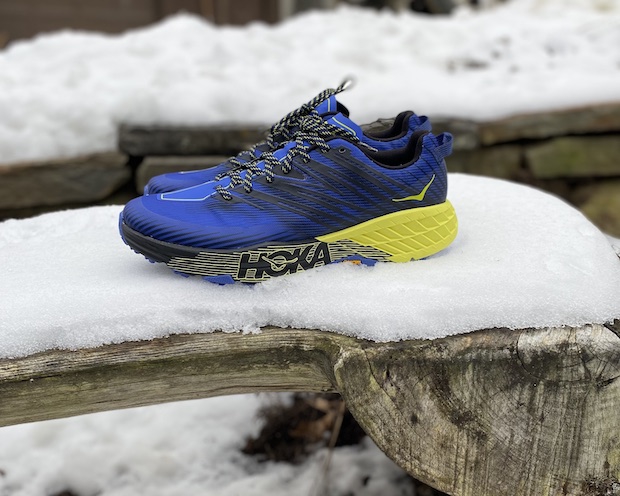
Tech Specifications
First and foremost, like most HOKA's, this is a lower offset shoe. We're talking 4mm worth of difference from heel to toe. Despite over 30mm worth of cushioning from the midsole, it's still attempting to put you in a more neutral position above the shoe. And this is a key phrase for a HOKA: this isn't a shoe with a real bucket-style last. You're on top of the midsole, not really in it.
That said, there's a fair number of 3D-printed overlays with the intent of keeping the foot secure over that midsole. HOKA labels this midsole as being "balanced" in terms of its cushioning offering; think of it as the Goldilocks zone compared to their very responsive and very squishy offerings. There's a Vibram outsole for increased traction on loose surfaces. Altogether, it's a shoe that weighs 10.8 ounces in a size 9. Of course, in my size 13 canoes that could fit a family of four for a boat crossing across, weight comes up considerably.
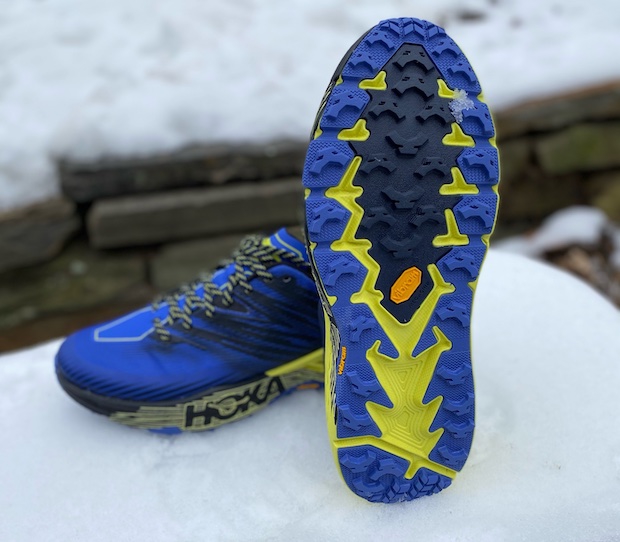
The Run
On first impression, this shoe reminded me a lot of a HOKA from seven years ago: the original Stinson. From the fit, to the ride, to how you sat in the shoe. This isn't a bad thing; it just felt very familiar.
Unlike that Stinson, though, this is a shoe that absolutely excels in a variety of conditions. I received these at the start of January, during the midst of our annual January thaw. Our road started to give previews of what kind of mud season we have to look forward to come mid-March. The shoe charged through those conditions with aplomb. The Vibram outsole was grippy, and the shoe was responsive enough to set up well under my body.
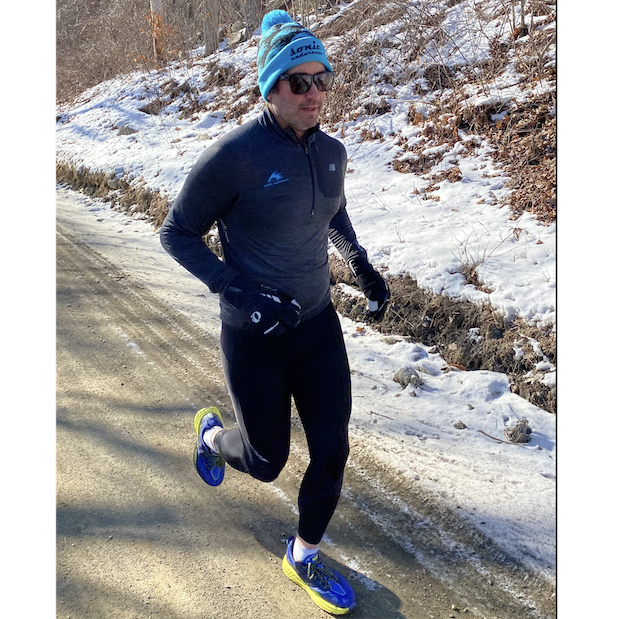
And then when conditions cooled back down, and our gravel road did its best impression of concrete, there's more than enough cushioning here. The other shoe that really comes to mind is the Brooks Cascadia, which used to be my all-conditions shoe. The shoe is simply versatile enough to handle any conditions you throw at it. No matter the surface or level of grip, there was plenty of get-up and go.
The only negative I have for this particular model is arch height. And it really just boils down to personal preference: I'd like something *slightly* higher in the arch underfoot. It's not displeasing in its current form, but that would be the one area of improvement for the next iteration.
In summary, then: if you've got a lot of mixed condition winter running ahead of you, I'd highly recommend putting this shoe on.
HOKA One One Speedgoat
MSRP: $145; $160 for GTX
Available: Now


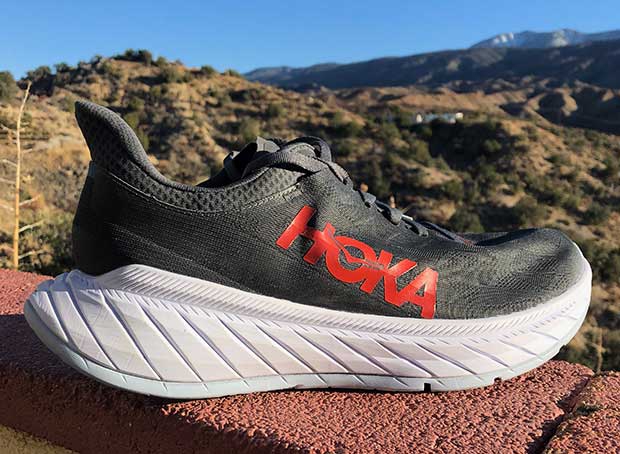
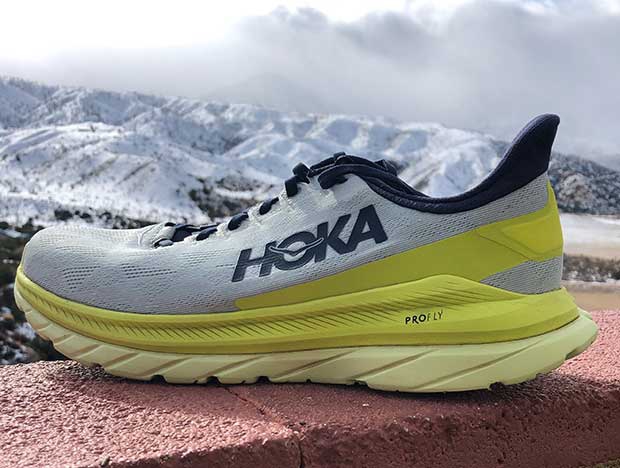
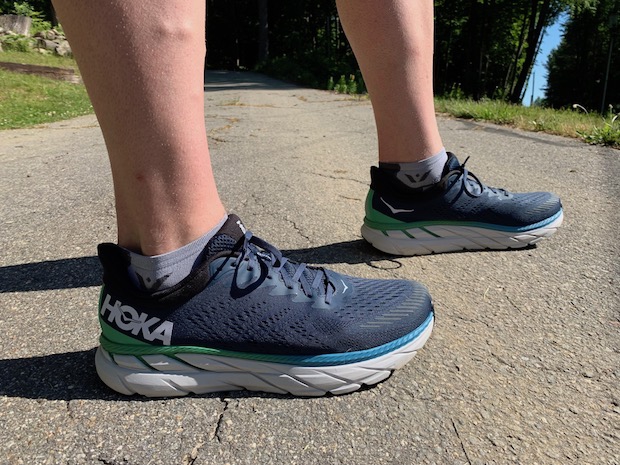
Start the discussion at slowtwitch.northend.network